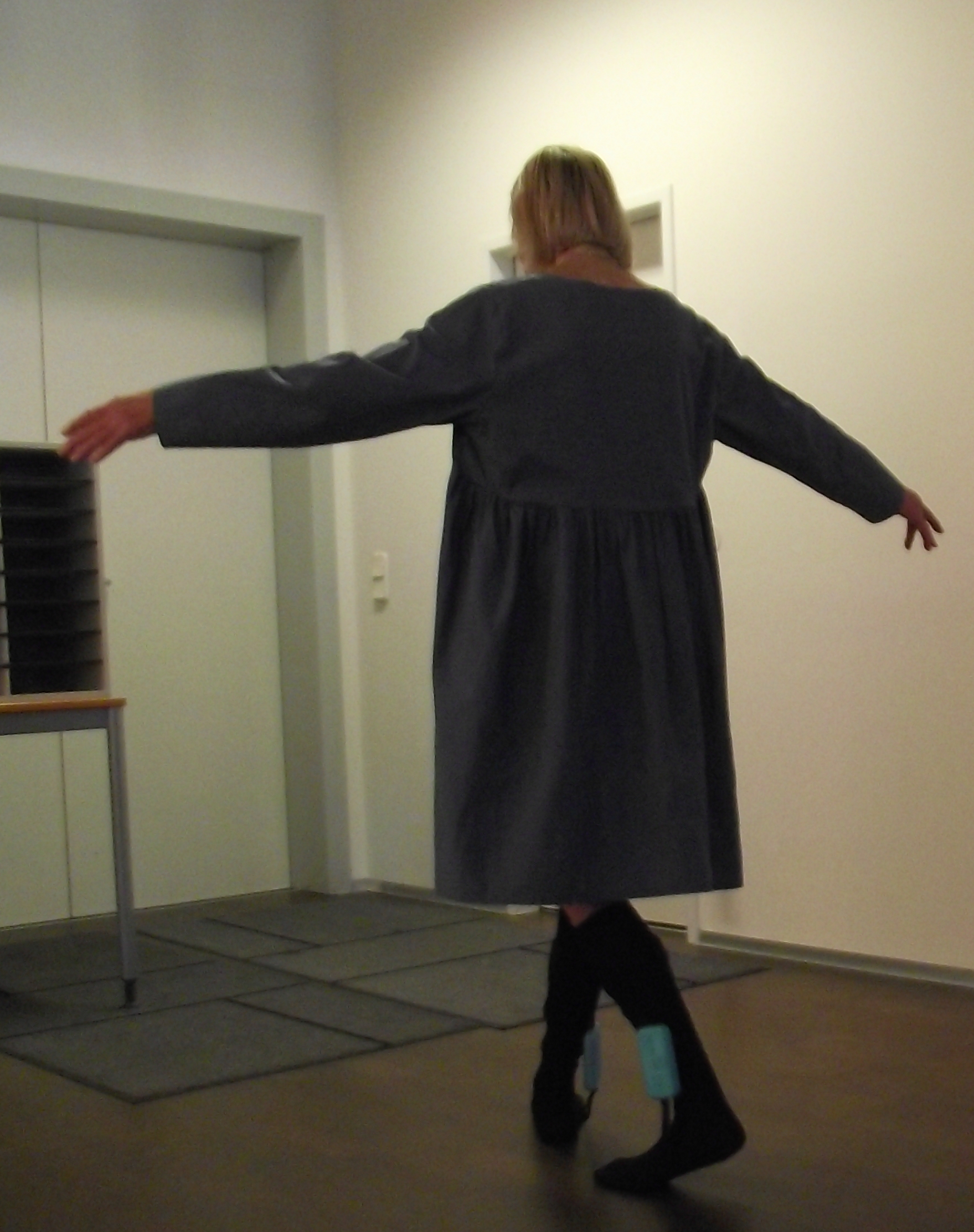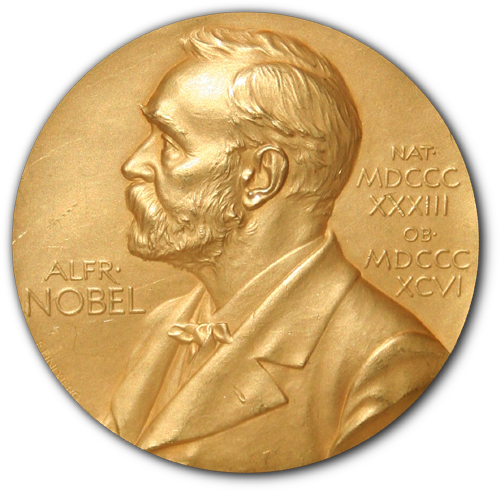Wingo's function
Wingo’s development is based on the model of human neurophysiology, and the technology adapts to nature. In accordance with the principles of rehabilitation medicine, lost functions are replaced, and weakened functions are strengthened.
How does it work?
The pain relief is achieved through gait phase-synchronized sensorimotor feedback and feed-forward stimulation, through a vibration therapy. In addition, it also promotes walking safety, as in reducing the risk of stumbling and the danger of tripping, enhancing mobility, and facilitating active movements such as walking.
Why Wingo?
Facilitated active physical movement promotes muscle development. This has a positive impact on blood sugar metabolism (avoidance of blood sugar spikes) and assists with metabolic diseases, weight reduction, and joint arthrosis.
Health effects of Wingo
The effect of focal vibration therapy supports the regeneration of blood vessels and peripheral nerves. The intermittent vibration signals during walking promote circulation and laminar blood flow. This has a positive effect on the endothelial cells of blood vessel walls and promotes the sprouting of fine blood vessels

A revolutionary medical device for your legs







